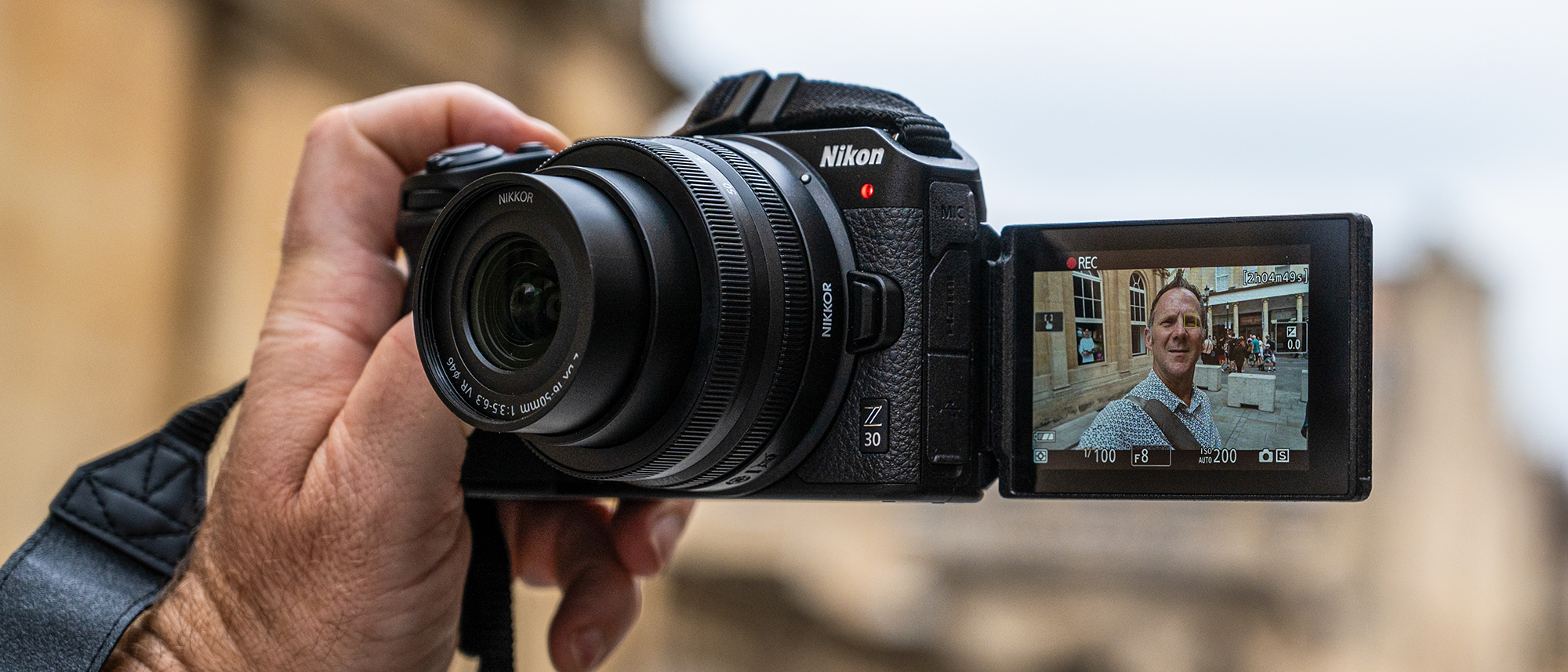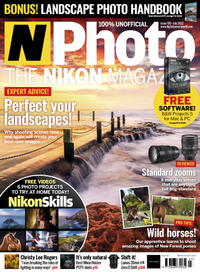Digital Camera World Verdict
While Nikon has aimed the Z30 firmly at a vlogger audience, with a focus on ease of use for shooting video, the underlying video specs are very similar to Nikon’s existing DX-format Z-series cameras. Likewise, it remains a very capable stills camera. If you’re of the generation of shooters happy to forego a viewfinder, the Z30 offers the cheapest route to Nikon’s astounding Z-mount optics.
Pros
- +
Best-in-class build quality
- +
Nikon’s most affordable Z camera
- +
Great image quality
- +
Proper vari-angle screen
- +
Access to Z-mount and F-mount optics
Cons
- -
No headphone socket
- -
Absent EVF limits stills potential
- -
It's a shame there's no 4K 60p
- -
No in-body stabilization
- -
Limited Z DX lens range
Why you can trust Digital Camera World
Nikon’s third mirrorless Z-series camera with a DX (APS-C) sensor has arrived in the guise of the Z30. It joins the original Nikon Z50 – launched over two years ago – and the more recent Nikon Z fc, which is essentially the same camera with retro-themed, direct-access controls. The Z30 feels very much like the same camera again – this time sans-viewfinder to appeal to vloggers, and perhaps a generation of photographers brought up on smartphones.
This plucky little Z camera's target audience and price range places it squarely alongside the Sony ZV-E10 and could be considered a more affordable alternative to the range-topping Sony A6600.
The Z30 is also Nikon’s cheapest Z-series mirrorless to date, largely made possible due to hardware hand-me-downs and an absent viewfinder. Electronic viewfinders are complex and expensive components. They typically squeeze many more pixels than a rear LCD into a very high-resolution screen that’s the size of a thumbnail, with precision optics to make for a comfortable viewing experience. But vloggers don’t need any of that: they turn the camera on themselves as they express their views of the world around them.
The Z30 is available body-only or in a couple of kit options. Our review sample included the tried-and-tested Z DX 16-50mm f/3.5-6.3 VR standard zoom, which equates to a very usable 24-75mm in full-frame terms. This kit is a wise buy for anyone new to the Nikon ecosystem, with the lens adding just $140/£140 to the base price. It’s amazingly compact for a kit lens, barely protruding beyond the camera grip and very much in keeping with the compact aesthetic. Other kit options are a double-zoom kit, which adds the DX 50-250mm f/4.5-6.3 VR zoom to the 16-50mm for $1099/£1069, and an attractively priced Vlogger Kit for $TBC/£879.
One of the key benefits of the Z30 over other cameras in its class is that it provides access to Nikon’s entire range of Z-mount lenses, which has delivered truly astounding optical quality time and again. And with the addition of the FTZ adapter, many of Nikon’s F-mount lenses are compatible too. However, so far there are only a small number of DX-format Nikkor Z lenses designed for this camera, though an ultra-wide DX zoom is on the Nikon Z lens roadmap.
• Read more: Nikon Z30 vs Nikon Z50 vs Nikon Z fc
Specifications
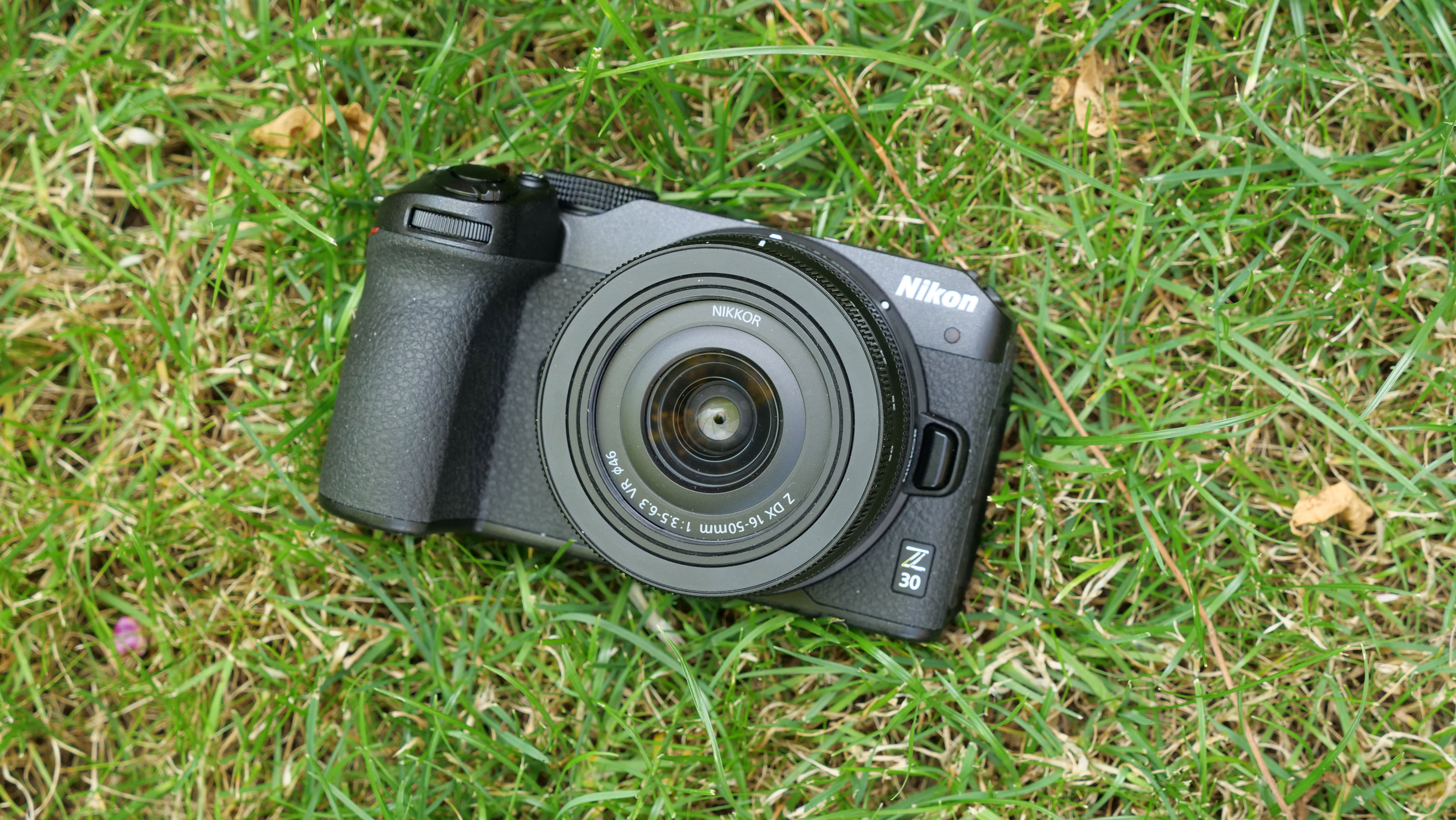
Sensor: 20.9MP APS-C CMOS
Image processor: EXPEED 6
AF points: 209-point hybrid AF system
ISO range: 100-51,200 (expandable to ISO 204,800)
Video: Uncropped 4K UHD up to 30p, 1080p Full HD up to 120p
Viewfinder: None
Memory card: SD/SDHC/SDXC, UHS-I
LCD: 3-inch vari-angle touchscreen, 1040k dots
Max burst: 11fps
Stabilization: Electronic Vibration Reduction (video only)
Connectivity: Wi-Fi, Bluetooth, SnapBridge, USB-C, micro HDMI, microphone
Size: 128 x 73.5 x 59.5mm
Weight: 350g body only (405g with battery and memory card)
Key features
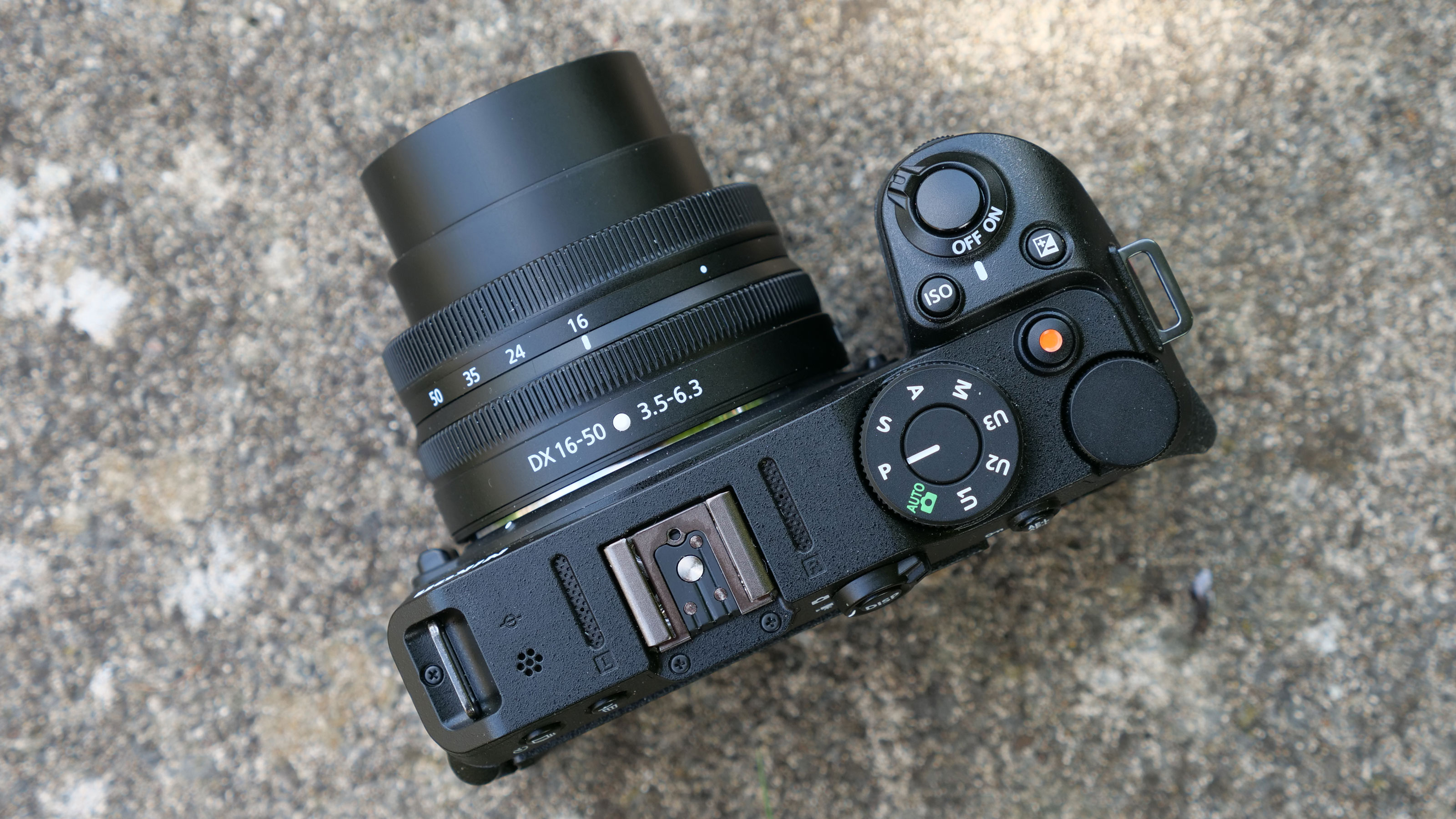
Unsurprisingly, the Z30's spec sheet is very similar to the Nikon Z50 and Z fc: the guts of the three cameras are all but identical. The Z30 has the same 20.9Mp APS-C CMOS sensor, powered by the EXPEED 6 image processor. There’s the now-familiar 209-point hybrid AF system, and an 11fps maximum shooting rate with full autofocus. The camera boasts Eye- and Animal-Detection AF for both stills and video. It can record 4K UHD uncropped video at 30fps, or Full HD at up to 120fps – perfect for smooth slow-motion footage.
While the hardware is the same, tweaks have been made to the firmware. Nikon says there have been improvements to the AF system, in particular with face/eye tracking for both people and animals.
The camera can now record lengthy 125-minute clips – useful for gamers, for example. However, it should be pointed out that this feature is only available in Full HD (up to 25p), with 4K maxing out at around 35 minutes. The EN-EL25 battery is rated for 75 minutes of video, so the camera has to be tethered to take full advantage of the two-hour recording length.
Accordingly, the camera can be powered while recording via the included (albeit rather short) USB-C to USB-A cable. This is the only way to charge the battery from the box, as there’s no charger included. This might seem a little unfair for a camera aimed at Nikon or Z-camera newbies, but with an increasing number of tech giants omitting chargers on environmental grounds, it certainly isn’t surprising.
Build and handling
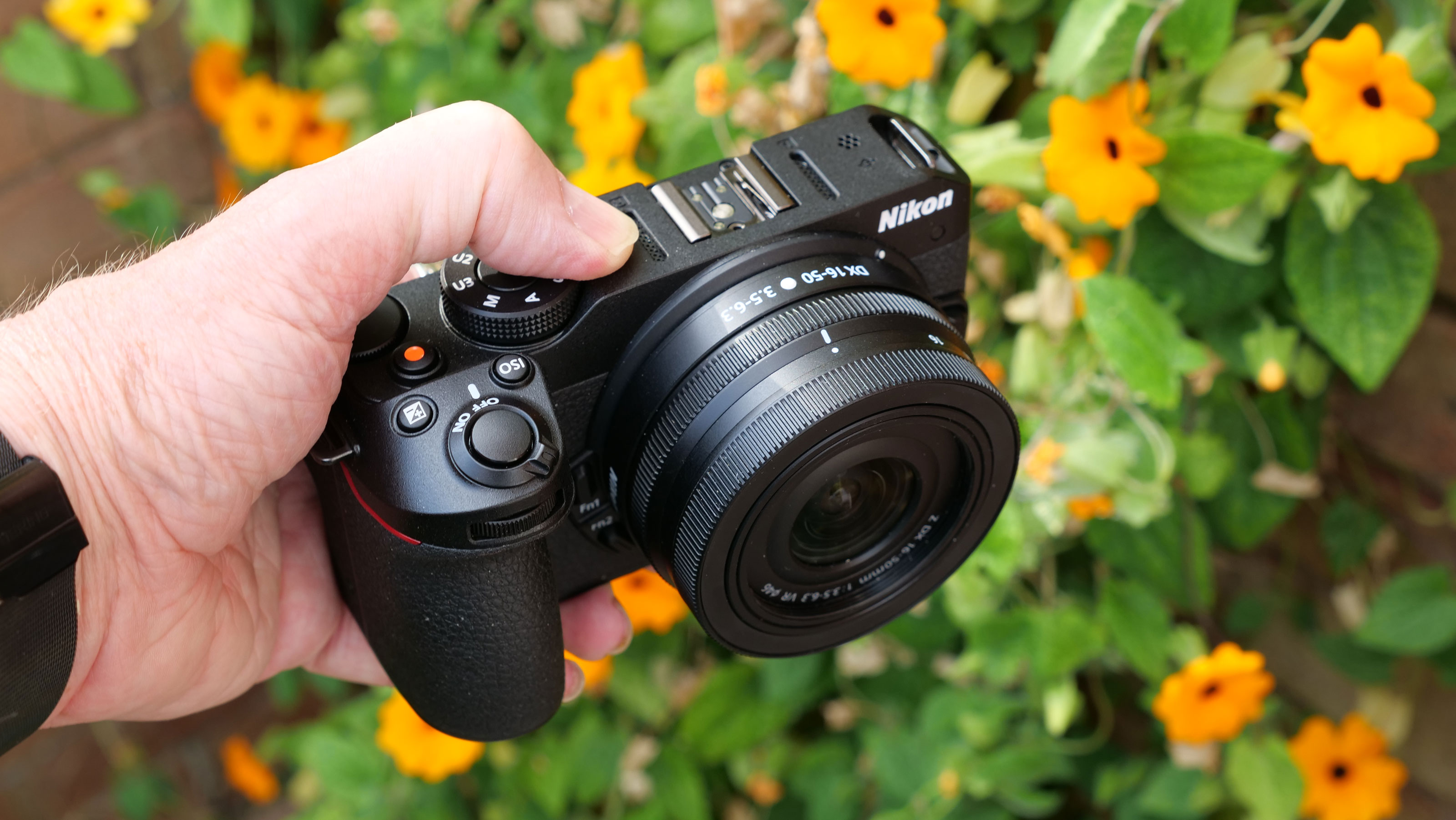
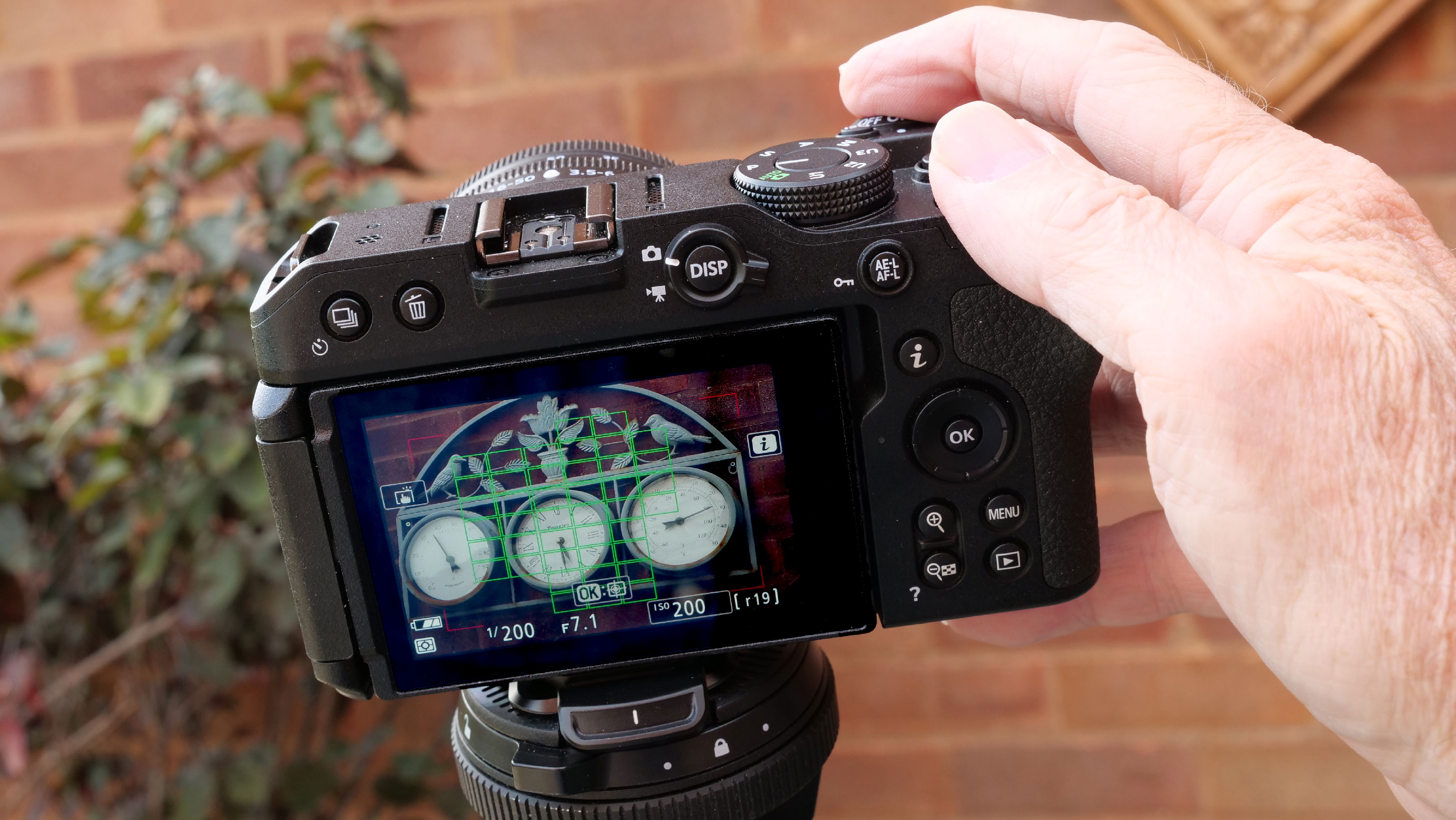
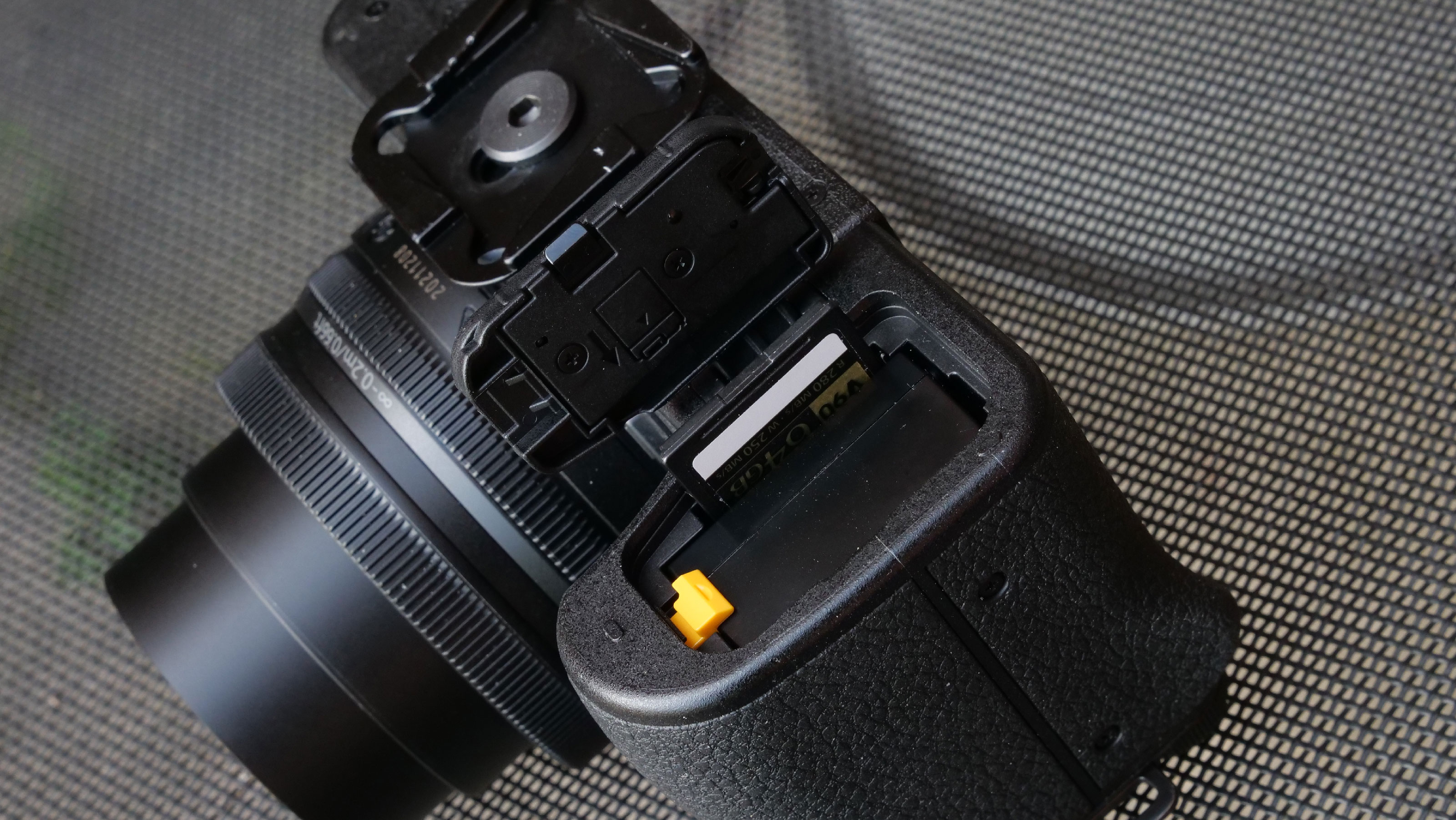
The Z30 is the lightest Z camera yet at 350g, but its magnesium-alloy body is reassuringly solid. It feels far more expensive than the price tag would suggest.
The lack of an EVF is the most obvious difference; anyone used to a viewfinder will probably find this a little disconcerting, but they’re not the target audience.
Videographers use Live View and external monitors (or phone screens) almost exclusively; and if you plan on putting your Z30 in a rig, there’s no chance of a viewfinder getting in the way. But the absent EVF isn’t the only physical attribute to get a video-centric makeover.

A red LED 'tally lamp' on the front of the camera indicates when it’s recording – a useful feature for vloggers looking directly into the camera. The built-in microphone on the top plate is bigger and more prominent than on previous models and, of course, there’s input for an external mic.
We do feel Nikon missed a trick by not including a headphone socket, though. The ability to accurately monitor sound quality out in the field would have been a huge boon, and is something largely lacking on comparable devices.
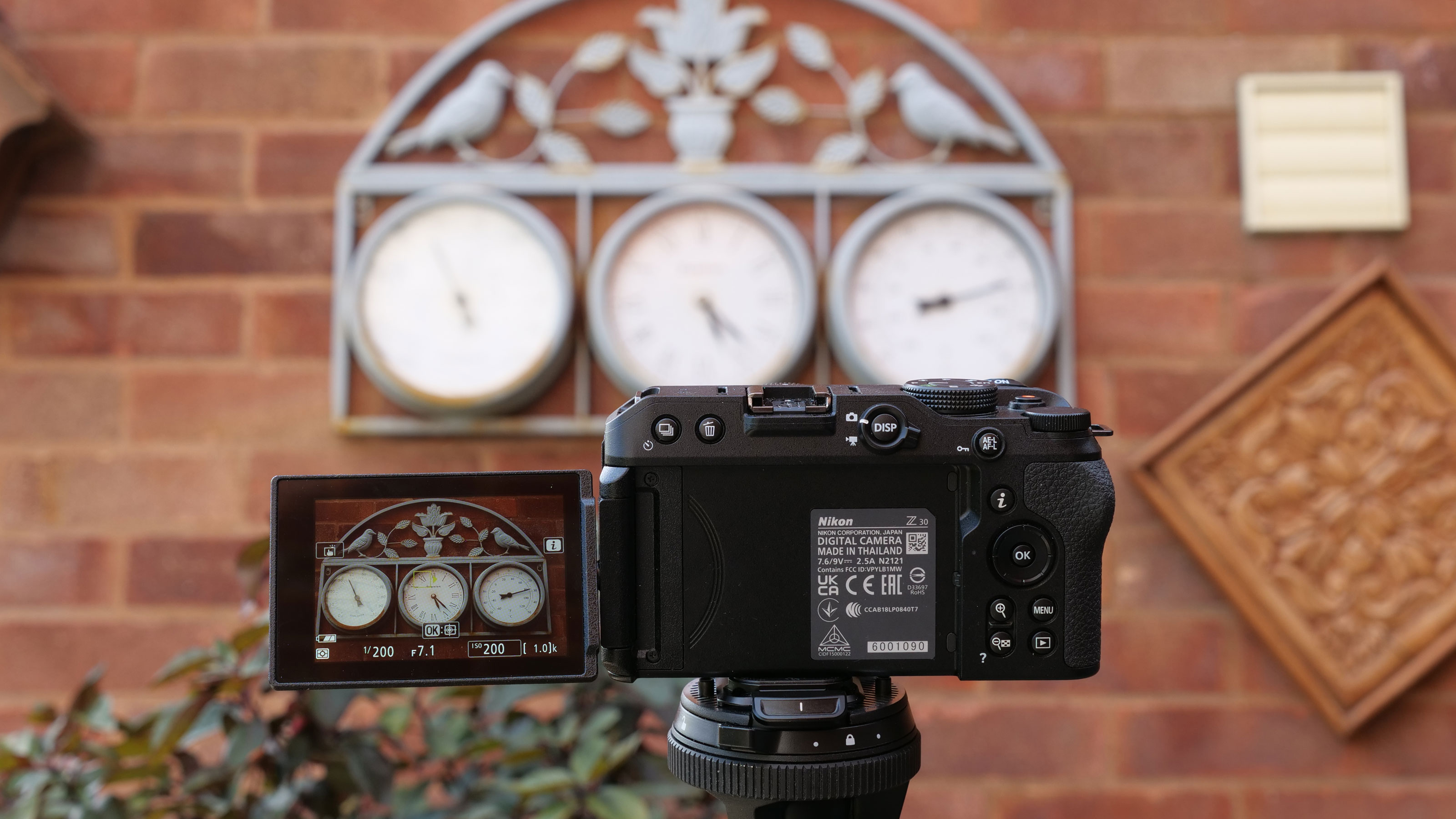
The rear touchscreen is the same as the Z fc’s 3-inch, 1040K-dot vari-angle LCD. Although the Z50 boasts a slightly larger 3.2-inch LCD, its tilting-only mechanism impedes tripod use while flipped down. A larger, brighter LCD would have been desirable, due to the lack of a viewfinder, but Nikon’s focus is clearly affordability.
Fully flipped forward, the Z30’s screen enters ‘selfie mode’, providing simple on-screen controls to make touchscreen operation much easier. The Z30 has also inherited the Z50’s chunky grip, making the camera a joy to hold while shooting behind the camera or in a one-handed selfie orientation.
See also: Nikon Z fc vs Nikon Z50
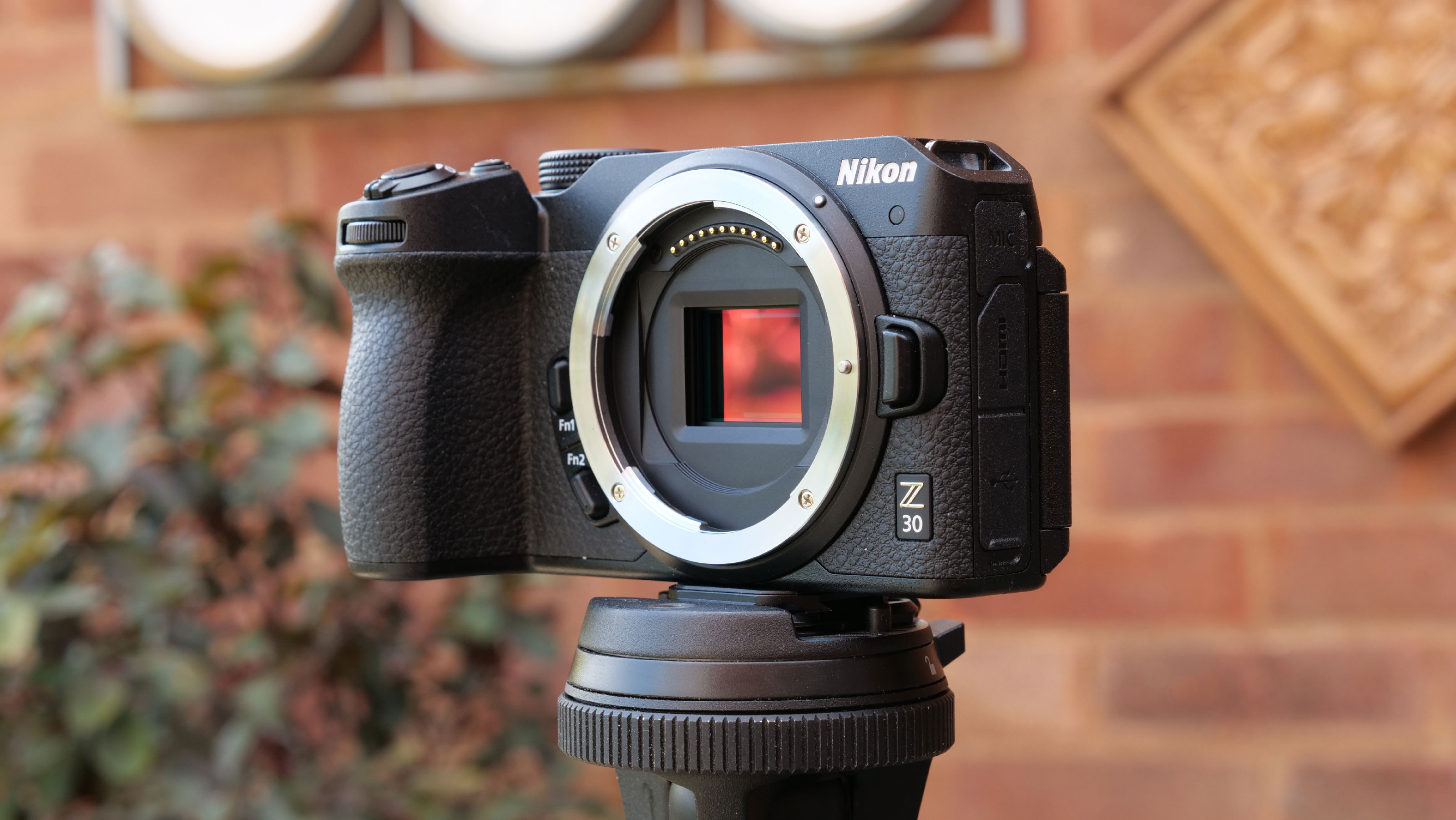
In a clear nod to the Z30’s video credentials, the record button has been moved so it can be comfortably accessed when you face the camera. It’s also much larger, and a recessed dimple makes it easier to start and stop recording by feel.
In fact, the layout of the buttons has been rethought fairly significantly. A welcome addition to a DX Z camera is a dedicated release mode button, and the video/stills toggle switch is much more prominently positioned too. It’s now on the back and surrounds the DISP button, which toggles the information overlaid on the rear LCD, to bring up the virtual horizon, the live histogram (very important for video) and shooting information.

Also on the back, although in slightly different positions to the Z fc, you’ll find the usual Menu, Playback, Zoom In/Out, AE-L/AF-L and Delete buttons, as well as an ‘i’ button to bring up an on-screen customizable menu. (Notably, the Z50 omitted many of these controls in favour of touchscreen alternatives.) On the front is a pair of configurable Fn buttons.
The Mode dial is uncluttered and includes three User Presets, so you can customize the camera to instantly switch to your most often-used settings for different scenarios.
As well as body-only and kit lens options, the Z30 is also available as a Vlogger Kit, which comprises the camera, a 16-50mm kit lens, a Nikon ML-L7 Remote, a SmallRig Tripod and a SmallRig Windmuff.
The remote operates via Bluetooth, and enables you to shoot stills and stop/start recording from up to 10 metres away, as well as controlling a whole host of camera functions that simple remote shutter releases can’t. It snaps magnetically onto the SmallRig Tripod which, as well as offering a tabletop support, provides a handy handheld grip when the legs are closed. The SmallRig Windmuff slides into the camera’s flash hotshoe to position a pair of wind-baffling muffs atop the stereo microphones, for when you’re shooting outdoors.
With the Vlogger Kit retailing for just £40 (UK) more than the camera and lens combo, it offers terrific value; the remote alone is £40 bought separately.
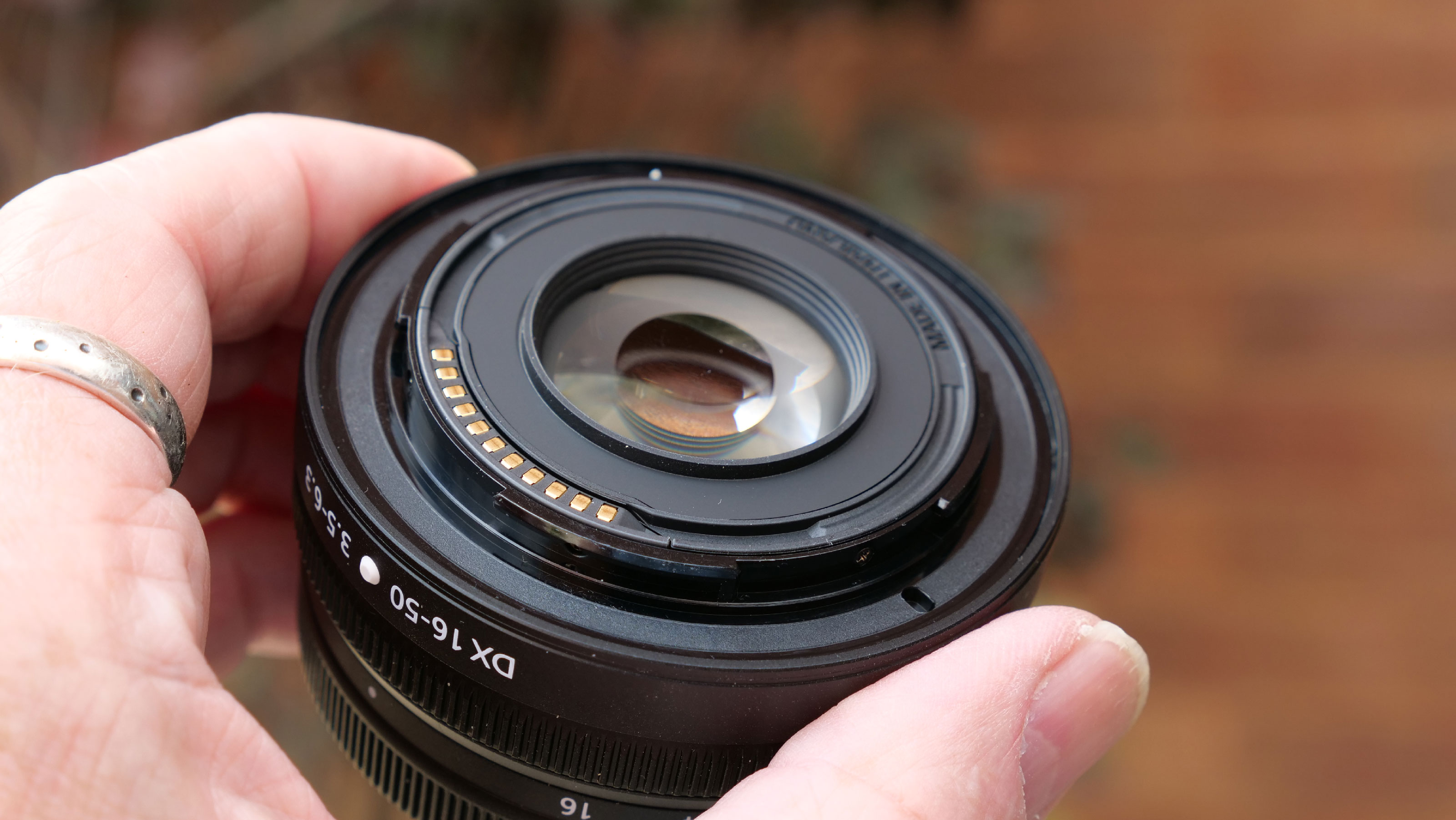
Performance
Here's a sample video we put together while testing the Nikon Z30
The results were interesting. The AF works very well. The human and animal eye AF is very effective. What you need to be aware of, though, is that the Z30 has its own specific AF-F ('F' for full time AF) for video use. You could spend ages wondering why the C-AF mode doesn't work.
The stabilization is poor to middling. The Z30 has no IBIS so it's dependent on lens based VR and the body's own electronic VR. Used together, they can keep static shots looking nice and steady, but if you attempt any kind of camera movement such as a steady pan or walking and shooting, the VR is quickly out of its depth. It smooths things to a degree, but it produces jumps instead of jitters.
The electronic VR can also produce pronounced edge wobble when you're walking forward and filming. When there are small changes in camera position between frames, there are parallax changes between near and far objects too, and we suspect that when the electronic VR keeps the center object steady, it exaggerates the movement of those near the edges.
You can use the Z30 handheld from a static position and get very steady shots, but if you're going to attempt any camera movements we would recommend that you use a tripod or a gimbal and switch both VR options off.
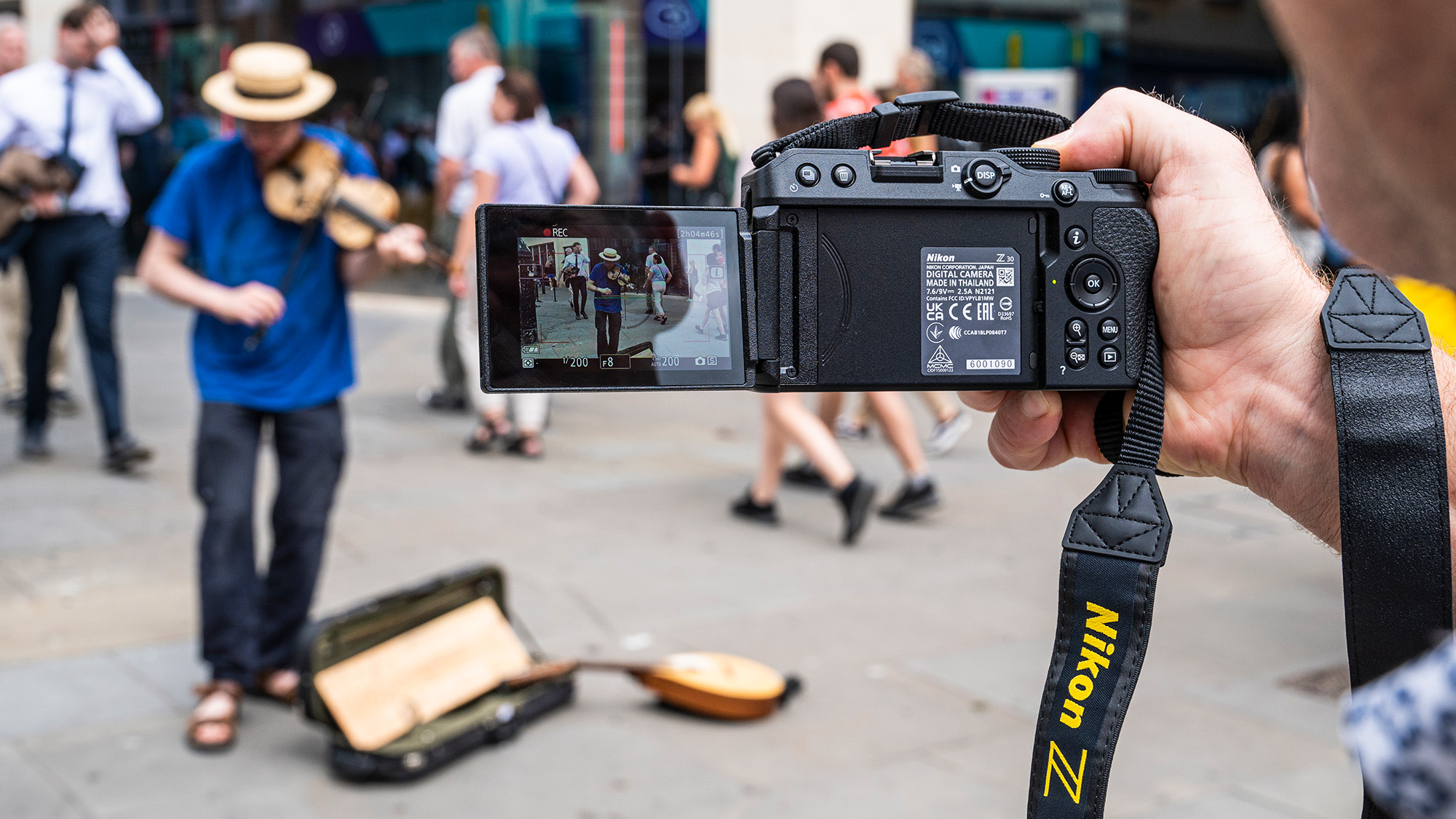
Considering the similarities beneath the hood of Nikon’s three DX-format mirrorless cameras, it’s no surprise that the Z30’s still image quality is on a par with the Z50 and the Z fc. At 5568x3712 pixels, the 20.9Mp sensor doesn’t quite match the 6000x4000 resolution of the 24Mp sensors found in some of Nikon’s DX-format DSLRs, but you get increased dynamic range and improved low-light performance in return. Besides, high megapixel counts aren’t as important when it comes to video – 20.9Mp is more than enough to provide the 3840x2160 pixels that make up 4K video. On that note, the Z30 is capable of outputting 4K uncropped, taking advantage of the full width of the image sensor. This is a crucial upgrade on the Z fc; the Z50 also outputs 4K uncropped.
It is a shame 4K 60p isn’t available – especially as it’s featured on the iPhone 13 Pro – but for an entry-level video camera, this would have been a big ask.
Like other DX-format Z-series cameras, the Z30 doesn’t feature in-body image stabilization (IBIS). However, it does feature Electronic Vibration Reduction. This works by discarding pixels via a 1.3x crop to maintain stability. If you want maximum image quality the 16-50mm kit lens boasts in-lens VR, which is at least as effective.

Purists may shy away from using Active D-Lighting, but it’s worth highlighting this function’s ability to automatically balance exposures – ideal for vloggers who want to shoot and upload with minimum hassle. If that’s your bag, Auto mode might be a tempting prospect, but videographers rely on maintaining a constant shutter speed that’s double the frame rate (1/100 sec at 50p for example), so you’re better off using Shutter Priority or Manual mode.

And that’s ultimately the biggest hurdle the uninitiated will face. The Z30 is undeniably a very capable vlogging device, but there’s a definite learning curve for those used to smartphone shooting. It’s a shame then, the camera doesn’t bridge the gap with a dedicated, automatic video mode.

Lab data
For our lab data comparison, we compared the Z 30 to rival cameras which have a focus on vlogging: the Canon EOS M50 Mark II, Fujifilm X-S10 and Sony ZV-E10. We test resolution using Imatest charts and software, and dynamic range and signal to noise ratio with DxO Analyzer.
Resolution:
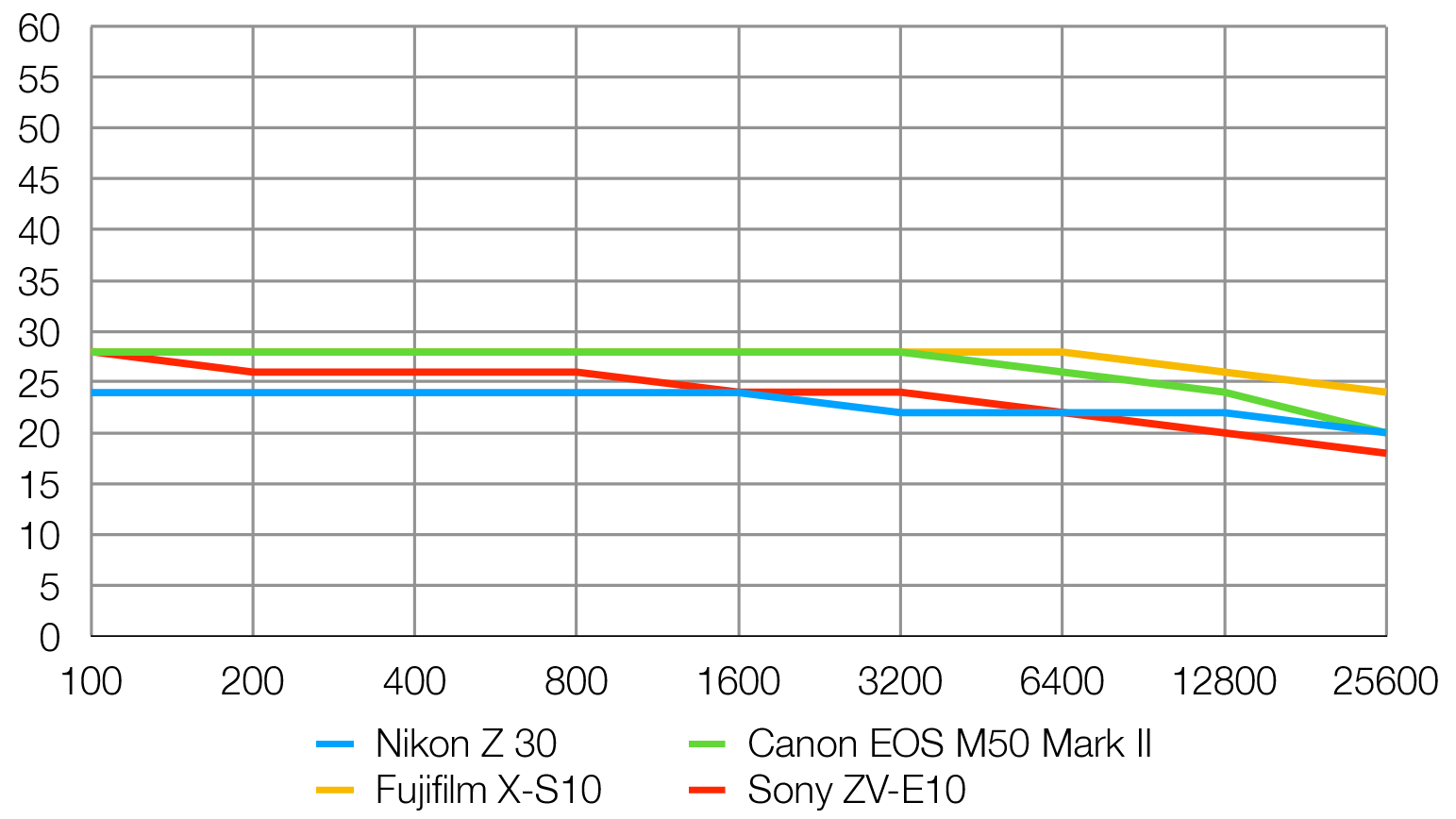
With 'only' 20.9MP available, the Z30 resolves noticeably less fine detail than the 26MP X-S10 and 24MP Canon. It does however get close to the performance of the ZV-E10.
Dynamic range:
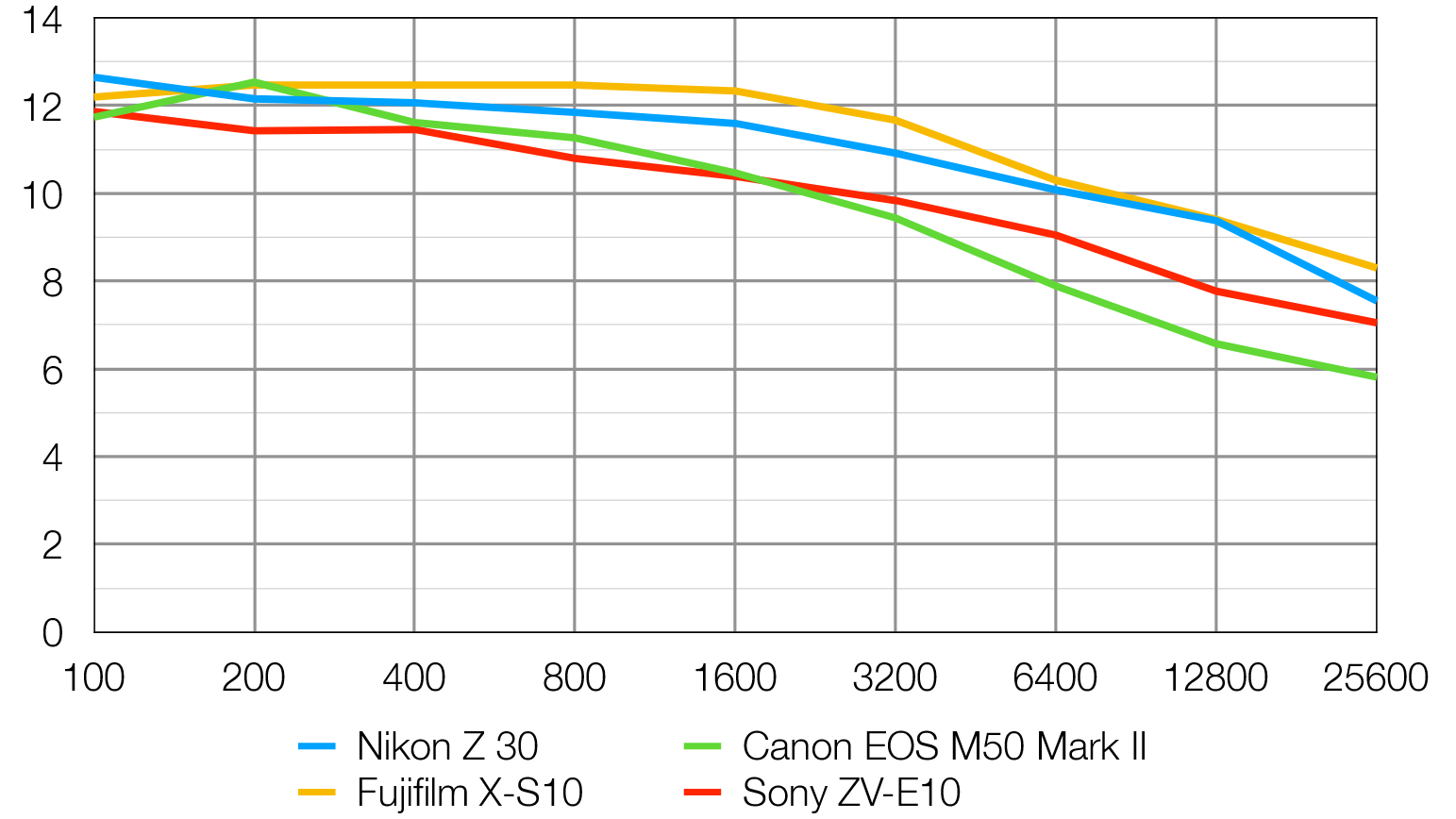
Dynamic range is excellent, with the Z30 getting close to the class-leading X-S10, and capturing significantly more highlight and shadow detail than its Canon and Sony competitors.
Signal to noise ratio:
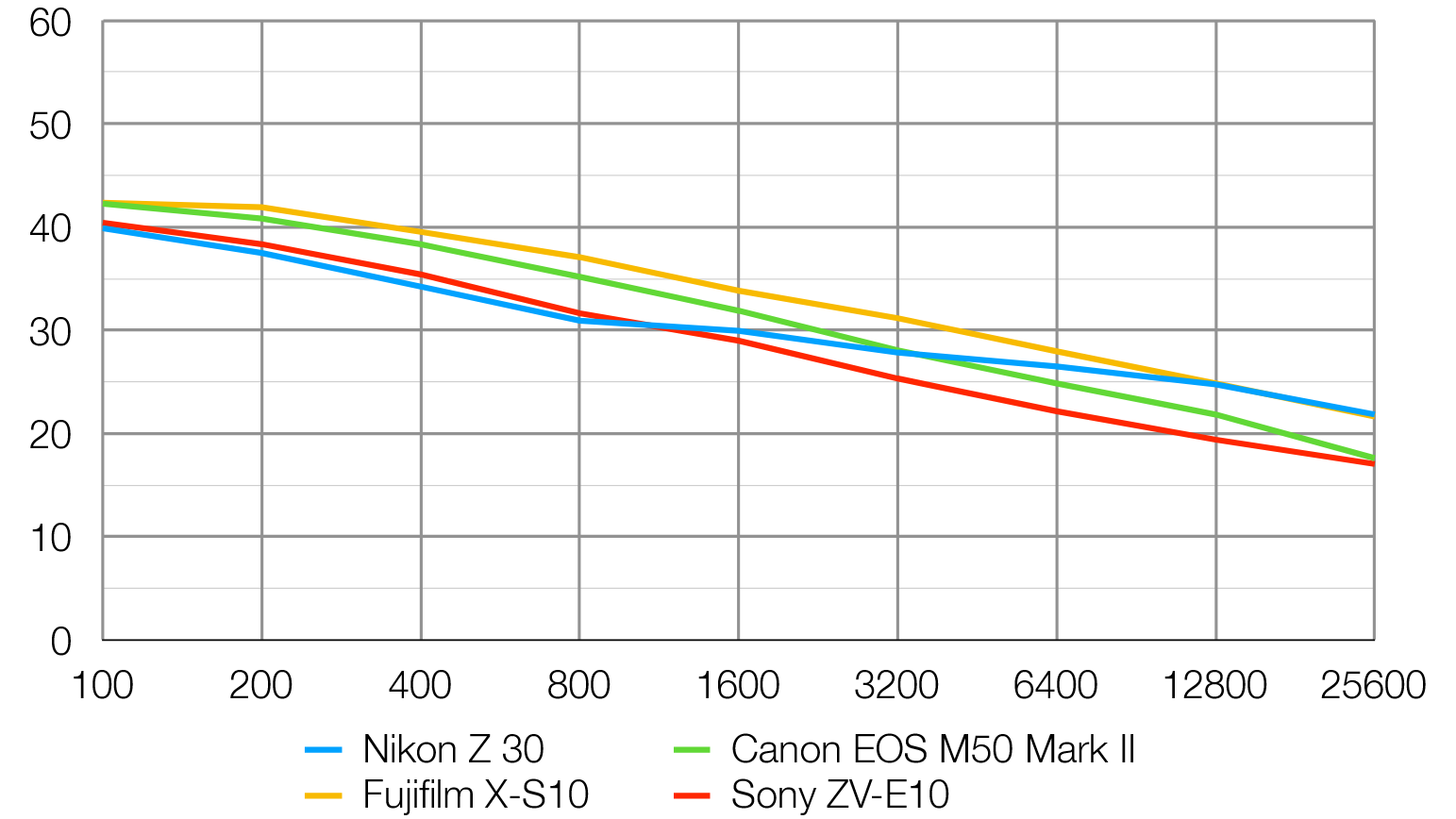
This test compares the amount of random noise generated by the camera at different ISO settings as a proportion of the actual image information (the 'signal'). Higher values are better and we expect to see the signal to ratio fall as the ISO is increased.
In this test the Z 30 is narrowly beaten into last place when shooting at lower sensitivities, but it comes good where it matters most; at higher ISOs, where noise is generally most visible. By ISO 12,800 the little Nikon is producing the joint-cleanest images of the group.
Verdict
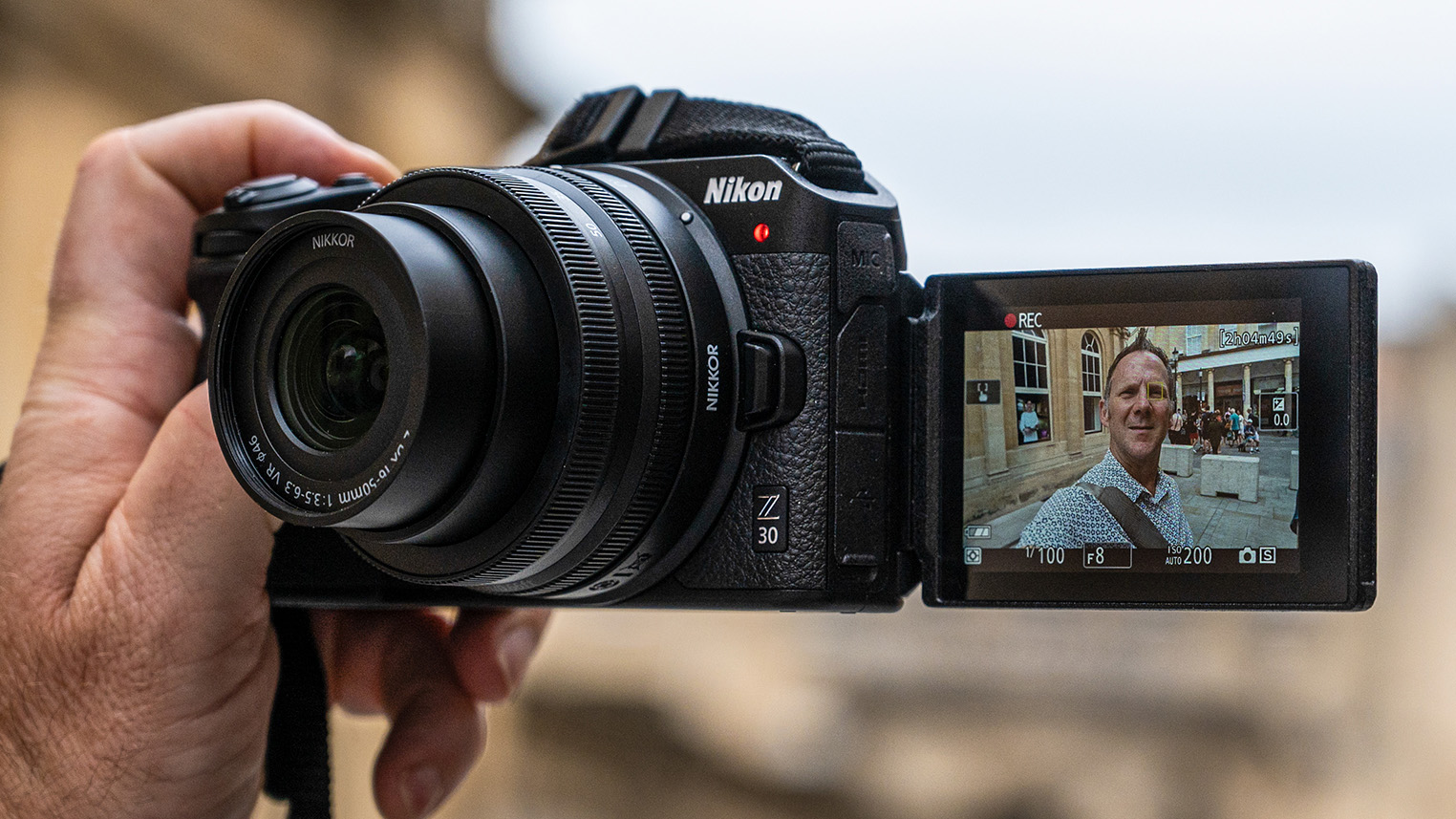
If you’re looking for a dedicated point-and-shoot video camera that won’t break the bank, the Z30 offers arguably the best build quality in its price range and several video-centric bells and whistles that make capturing content a more enjoyable experience. But if you can’t live without an EVF or predominantly shoot stills, you could always plump for the Nikon Z50 or Nikon Z fc and their near-identical innards.
Most of what the Z30 is lacking – IBIS, EVF, 4K 60p – can be explained away due to the camera’s very affordable price tag. It is, however, a real shame it doesn’t include a headphone port for accurately monitoring audio in the field. That said, when it comes to image quality, autofocus and the control you have when using a dedicated camera, the Z30 is a huge step up from the smartphones most vloggers start off with, not to mention it currently being the cheapest gateway to Nikon’s incredible roster of Z-mount lenses.
If you’re a content creator who meets the Nikon Z30’s video-centric target audience or you’re just looking for an affordable mirrorless camera and can live without an EVF, it's a very well-built and capable offering at a mighty attractive price.
Read more:
• Best Nikon cameras
• Best Nikon Z lenses
• Best cameras for video
• Best mirrorless cameras
N-Photo is 100% Nikon-devoted, and 100% editorially independent. If you're a Nikon owner and want to improve your images, get the best buying advice and reviews, see some of the world's best Nikon photography, N-Photo is the title for you.
3 issues for £3 Offer ends 10am, 31 July 2022 (BST)

Mike is Digital Camera World's How To Editor. He has over a decade of experience, writing for some of the biggest specialist publications including Digital Camera, Digital Photographer and PhotoPlus: The Canon Magazine. Prior to DCW, Mike was Deputy Editor of N-Photo: The Nikon Magazine and Production Editor at Wex Photo Video, where he sharpened his skills in both the stills and videography spheres. While he's an avid motorsport photographer, his skills extend to every genre of photography – making him one of Digital Camera World's top tutors for techniques on cameras, lenses, tripods, filters and other imaging equipment – as well as sharing his expertise on shooting everything from portraits and landscapes to abstracts and architecture to wildlife and, yes, fast things going around race tracks...
- Rod LawtonContributor
